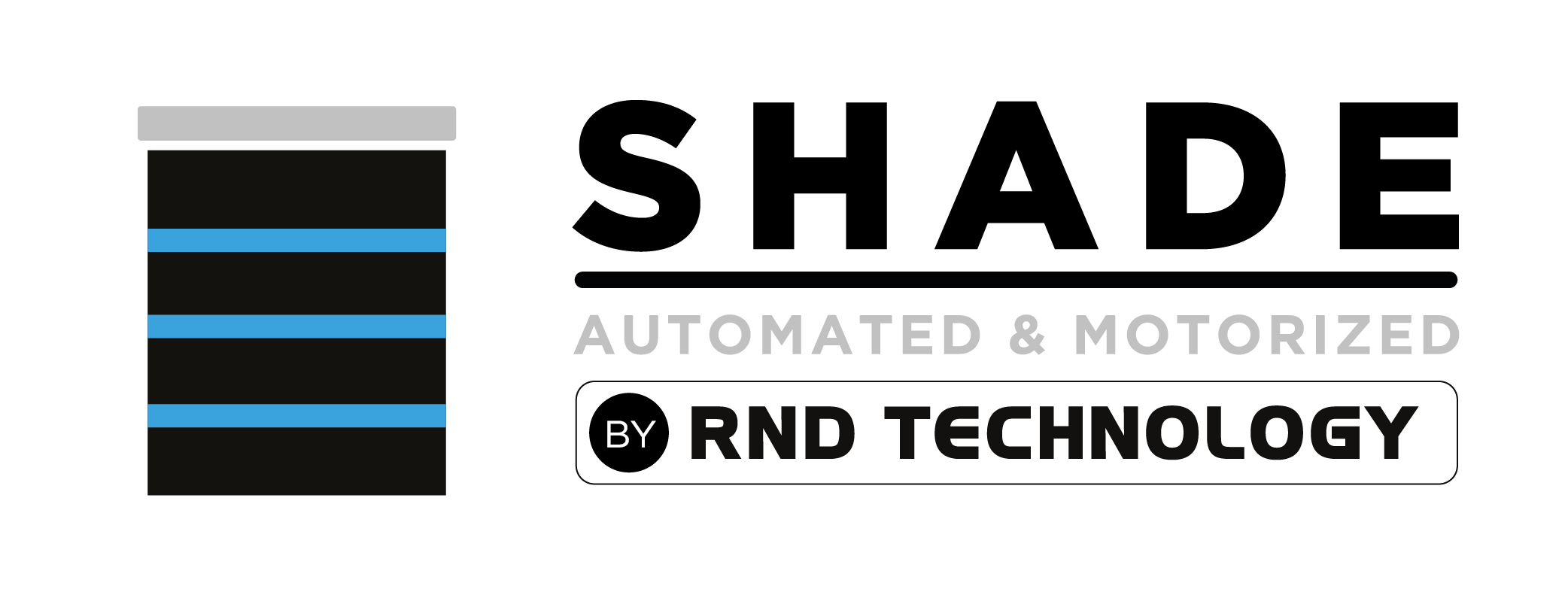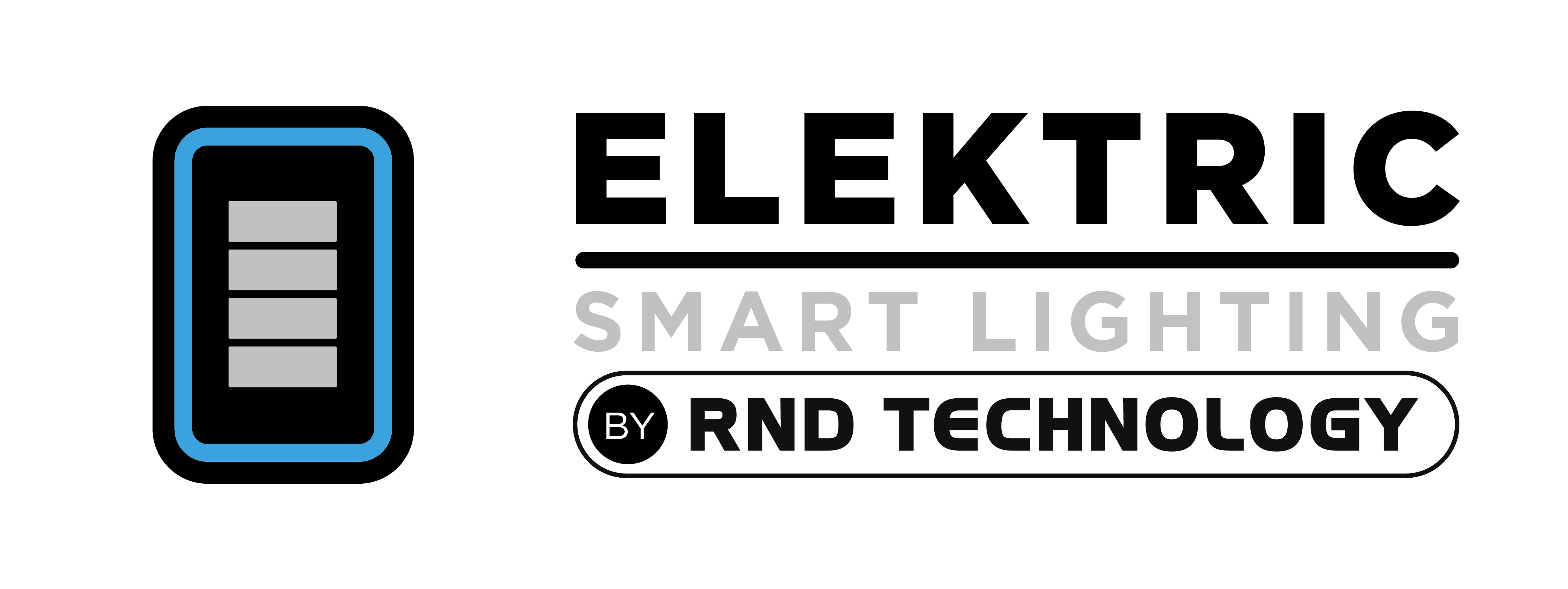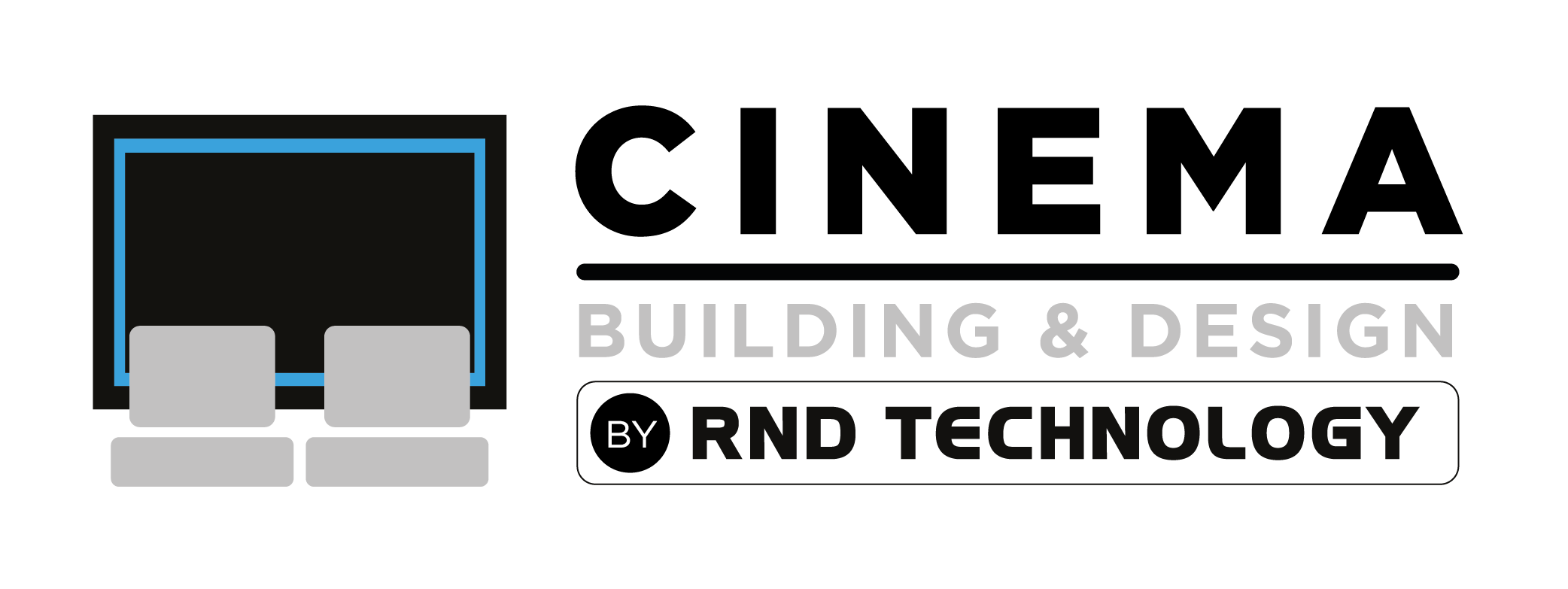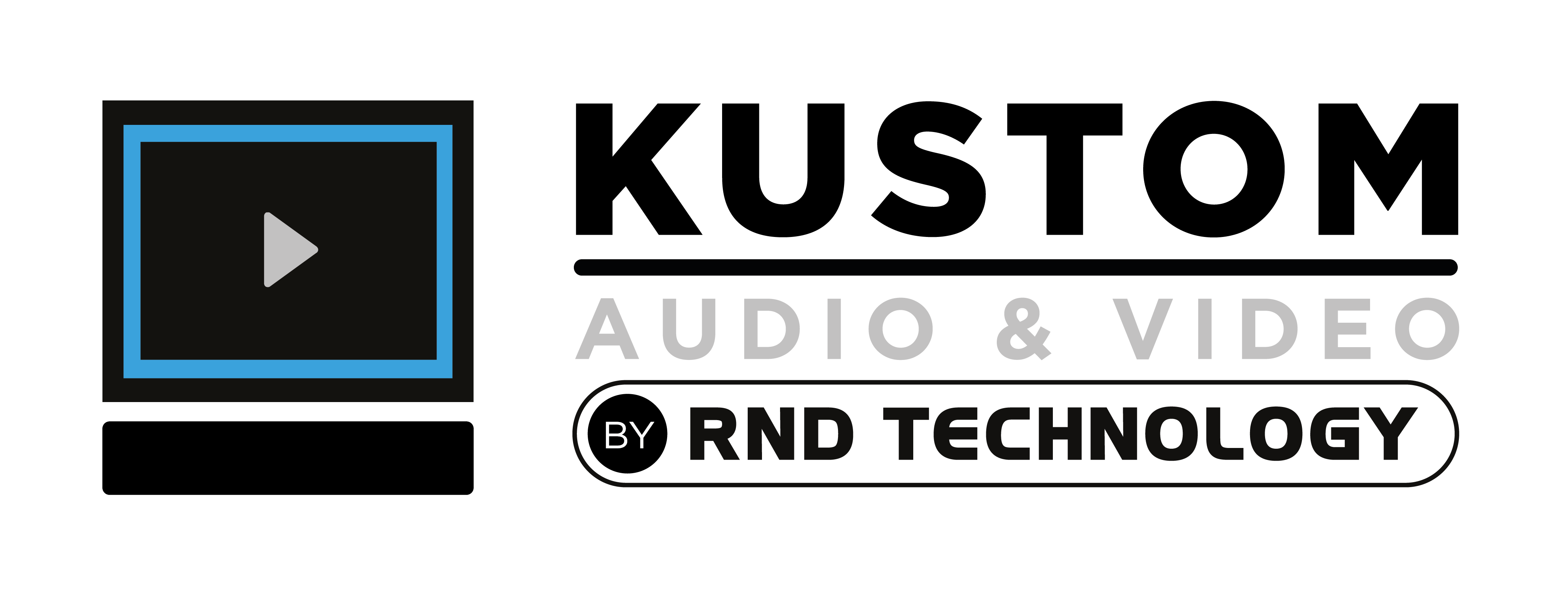In an era where technology seamlessly integrates with everyday life, ensuring the safety of your home and family has never been more accessible—or more sophisticated. Modern smart home technology has revolutionized home security systems, offering homeowners enhanced control, customization, and peace of mind. But with so many available options, how do you determine the best home security solution for your needs?
In this blog post, we’ll discuss the key factors to consider when choosing a smart home security system and explain how you can use today’s technology to protect your home efficiently and effectively.
1. Assess Your Home’s Security Needs
Before investing in smart home security devices, it’s essential to assess your unique security requirements. Different homes require different levels of security based on factors like location, size, and layout.
Questions to Consider:
- Do you live in an area prone to break-ins or theft?
- How large is your property, and how many access points (doors, windows, etc.) do you need to secure?
- Do you want basic security features (alarms and cameras) or more advanced systems like motion detection and facial recognition?
Evaluating your specific needs will guide you in selecting the most appropriate system for your home.
2. Choose Between a Professionally Monitored or Self-Monitored System
One of the most critical decisions you’ll need to make is whether to have a professionally monitored security system ora self-monitored system.
Professionally Monitored Systems:
- 24/7 Monitoring: These systems are connected to a professional monitoring service that monitors your home even when you can’t be there.
- Faster Emergency Response: In case of an emergency, the monitoring center will alert the relevant authorities.
- Ideal For: Homeowners who want comprehensive protection and don’t want to constantly worry about keeping tabs on their security system.
Self-Monitored Systems:
- Control in Your Hands: With self-monitored systems, you monitor alerts and respond to issues.
- Cost-Effective: These systems are more affordable since you don’t pay for professional monitoring services.
- Ideal for: Tech-savvy individuals who prefer to be hands-on with their security and are confident in responding to alerts themselves.
3. Understand the Importance of Smart Home Integration
A significant advantage of today’s smart home security systems is their integration with other smart devices, creating a seamless experience. When selecting a security system, ensuring it can integrate with your other smart home technology is important.
For example:
- Smart Locks: Pair your security system with smart locks so you can lock/unlock your doors remotely.
- Smart Lighting: Automatically trigger outdoor lights when motion is detected around your home or schedule lights to turn on/off when you’re not there to simulate activity.
- Smart Doorbells: You can see who’s at the door through your smartphone and communicate with them via a built-in intercom system.
- Voice Assistants: Many systems are compatible with voice assistants like Alexa or Google Assistant, allowing you to arm/disarm your system using voice commands.
Integration also means monitoring and controlling all your smart devices from one app, providing greater convenience and efficiency.
4. Look for Key Smart Security Features
Several essential features should be considered when determining the best home security system for your smart home.
Security Cameras:
- HD Resolution: Look for cameras with at least 1080p resolution for clear footage.
- Night Vision: Ensure your cameras have night vision to capture clear images even in low light.
- Cloud Storage: Some cameras offer cloud storage, allowing you to access video footage anywhere.
- Two-Way Audio: Communicate directly with visitors or intruders through built-in microphones and speakers.
Motion Sensors:
- Advanced Detection: Modern motion sensors can detect movement and differentiate between humans, pets, or other objects.
- Smart Alerts: Receive instant notifications on your smartphone if motion is detected.
Smart Doorbells:
- HD Video and Two-Way Audio: Answer the door remotely with live video and audio feed.
- Motion Alerts: Get notified whenever someone approaches your door, whether they ring the bell or not.
Smart Locks:
- Keyless Entry: You can unlock your doors remotely or using a PIN code, and you can give access to friends or family without needing a physical key.
- Integration: Look for locks that integrate with your security system or voice assistant for seamless control.
5. Consider Ease of Use and Remote Access
One of the most significant benefits of smart home security technology is its ease of use and ability to be controlled from anywhere. When selecting a system, ensure it offers an intuitive interface and easy access through a mobile app.
Most modern systems allow you to:
- Arm/Disarm: You can control your system remotely, whether you’re at work, on vacation, or just upstairs in your bedroom.
- Real-Time Alerts: Receive push notifications if any security breaches are detected so that you can take immediate action.
- Monitor Camera Feeds: View live footage from security cameras and doorbells directly from your smartphone.
- Control Access: Grant or restrict access to specific individuals through your smart locks, even when you’re away from home.
With today’s smart systems, everything is at your fingertips, making home security convenient and accessible.
6. Select a System That Scales with Your Needs
Your home security needs may change due to lifestyle changes, new technology, or property expansions. Choosing a security system that can grow and adapt to your needs is crucial.
Look for:
- Modular Systems: These systems allow you to add extra cameras, sensors, or doorbells as your needs evolve.
- Software Updates: Choose devices with regular software updates to keep your system current with the latest security patches and features.
Expanding and updating your system ensures that you’re always protected, no matter how your home or life changes.
7. Evaluate Privacy and Data Security
Privacy and security are more important than ever in a connected world. Smart home devices, especially security cameras, generate a large amount of data that can be vulnerable to hacking or unauthorized access.
Ensure your chosen security system offers the following:
- End-to-End Encryption: To prevent hacking, all communication between devices and servers should be encrypted.
- Secure Cloud Storage: If your system uses cloud storage for video footage, ensure it’s stored securely and encrypted.
- Two-Factor Authentication: Add an extra layer of protection by enabling two-factor authentication for your smart home app.
Conclusion: Building the Right Smart Security System
Choosing the best home security system with today’s smart technology can feel overwhelming. Still, by understanding your needs, selecting key features, and ensuring compatibility with your existing smart home devices, you can build a system that works seamlessly and provides peace of mind.
At RND Technology, we offer a range of customizable smart home security solutions that ensure your home is protected, whether you’re there or not. Contact us today for a consultation, and let us help you design a security system that keeps your home safe and your family secure.







